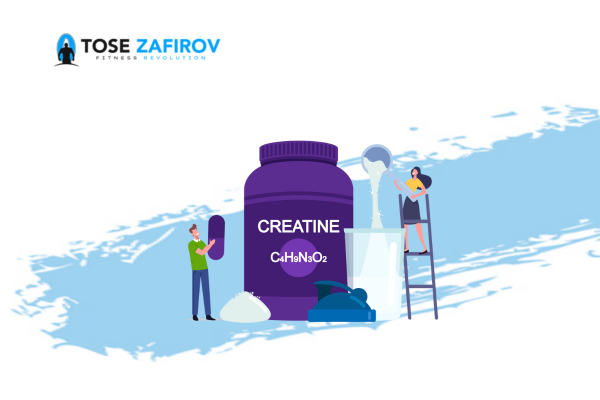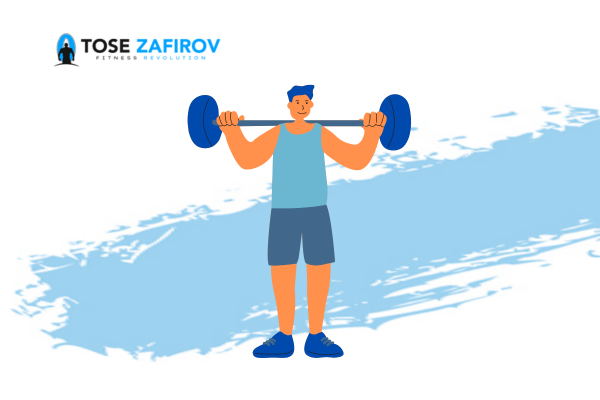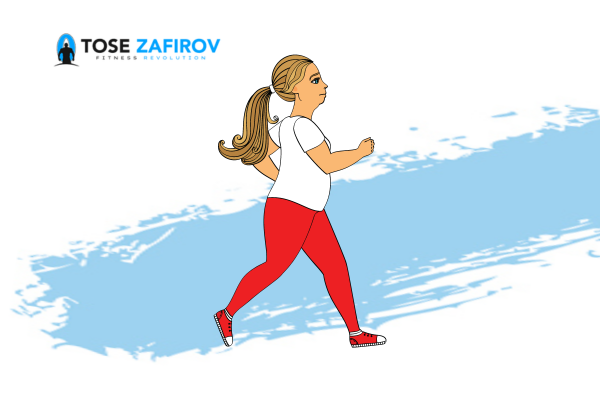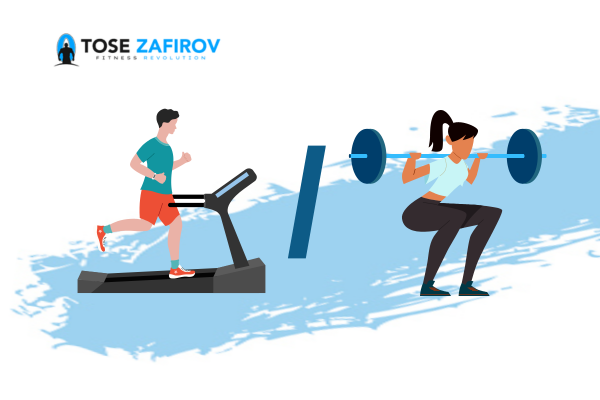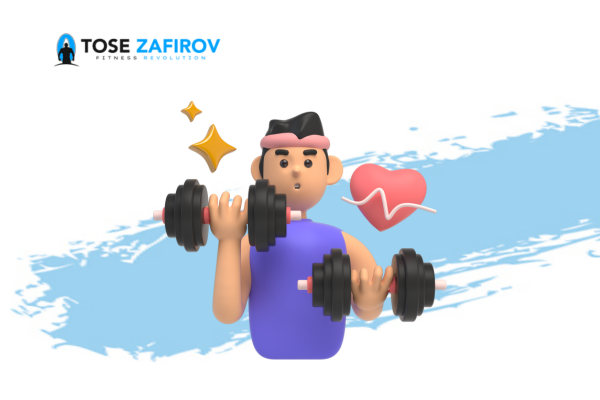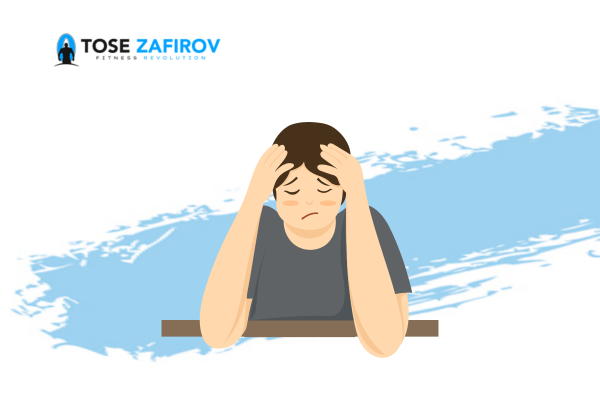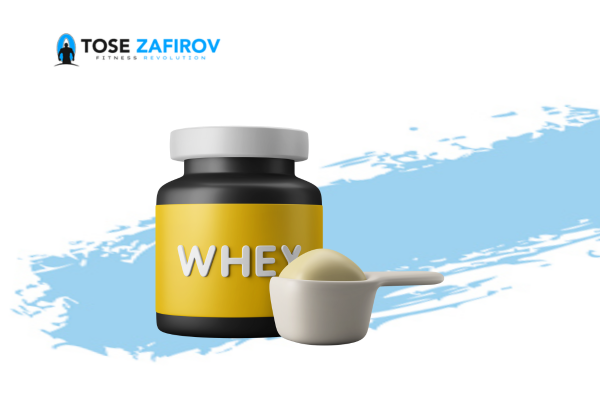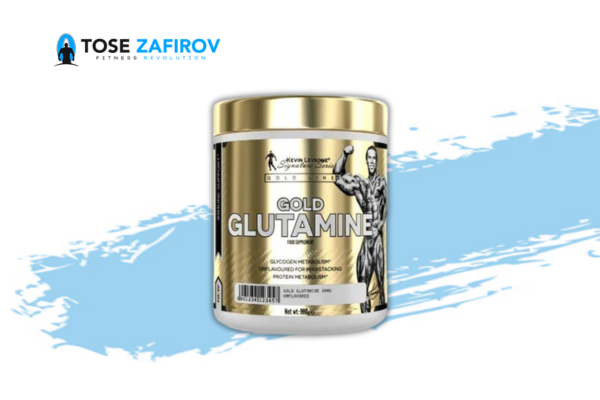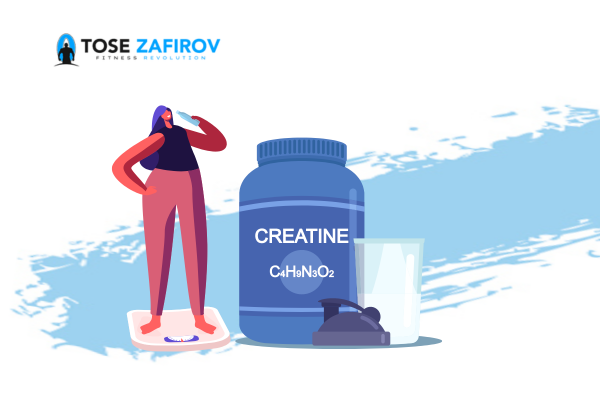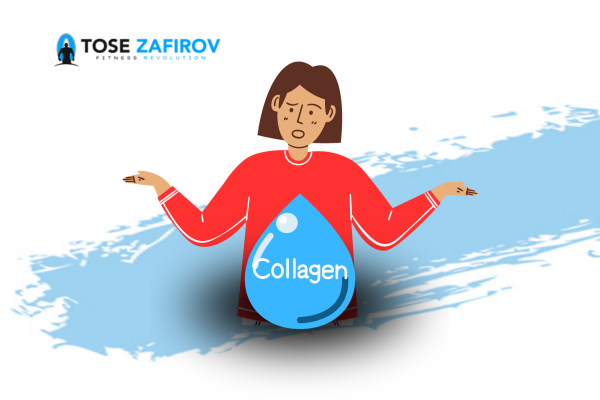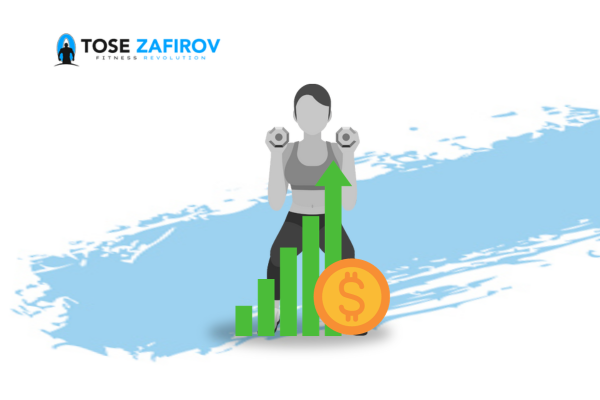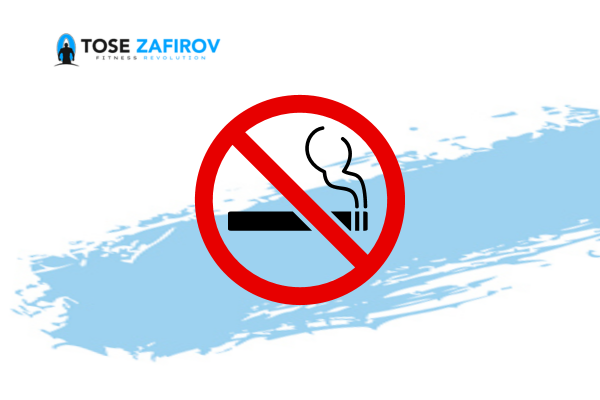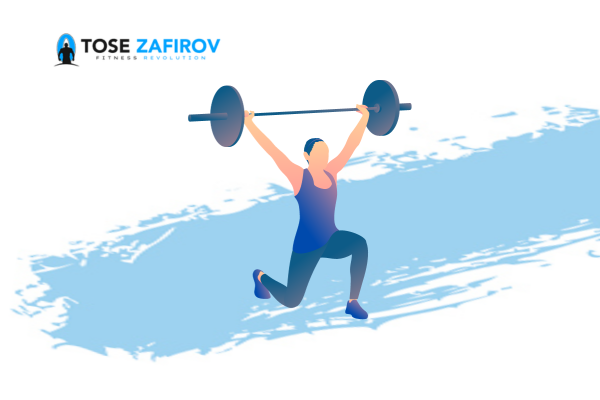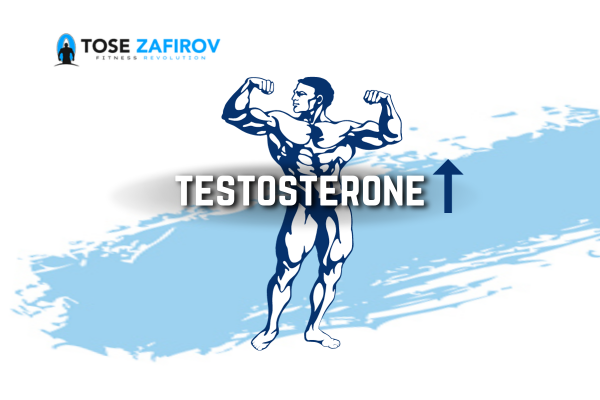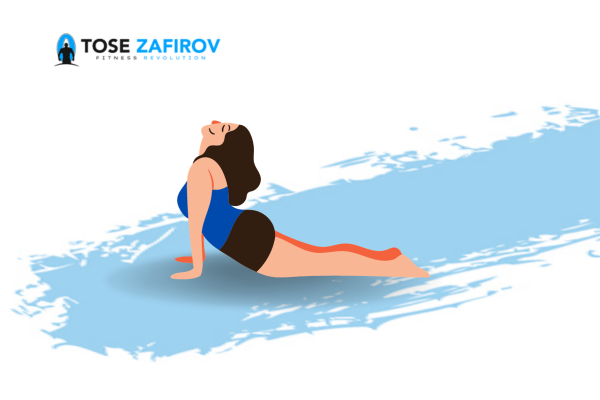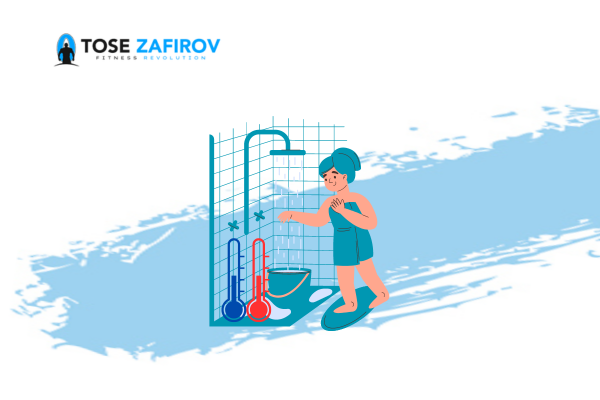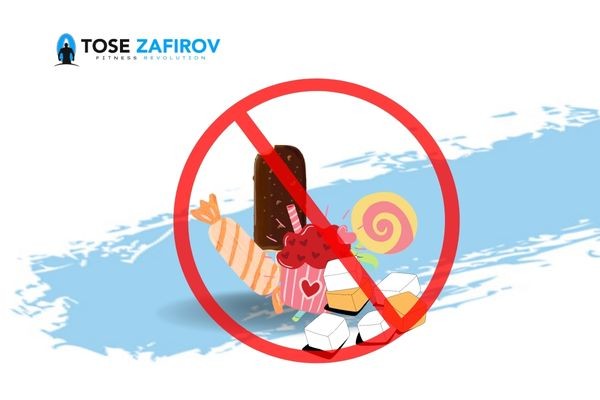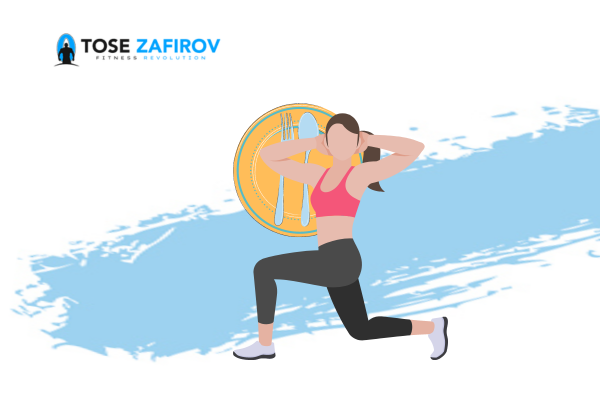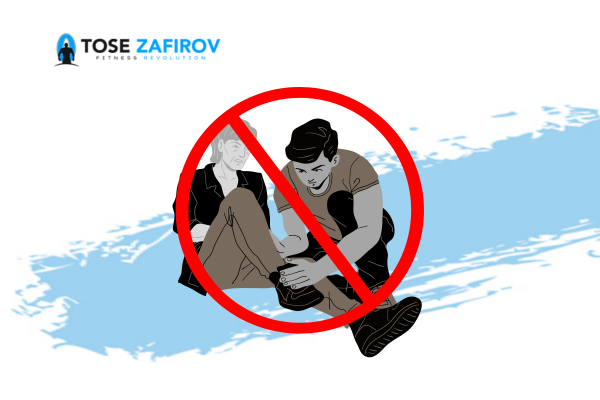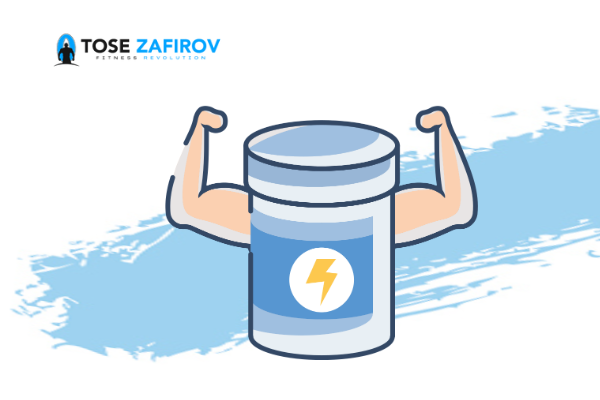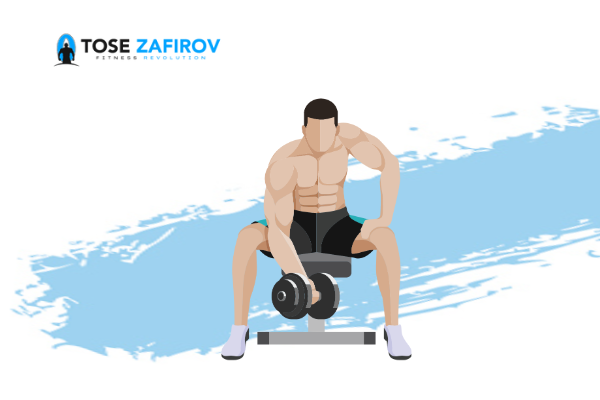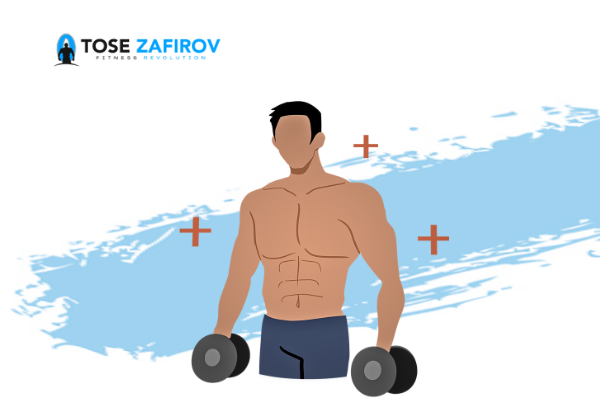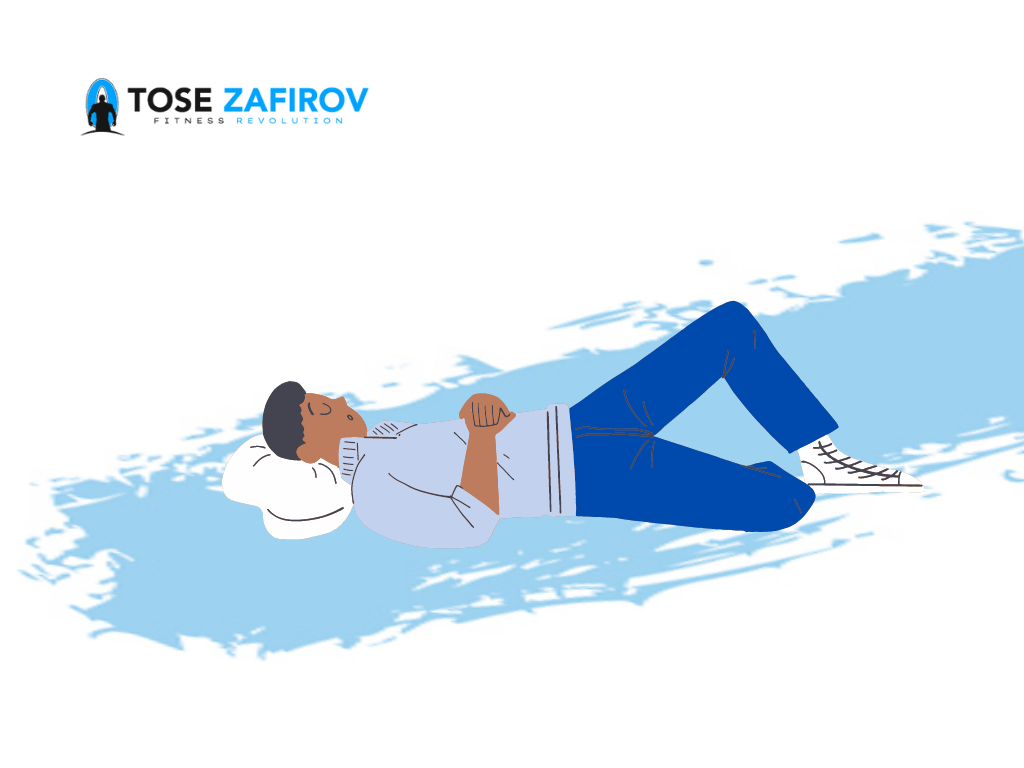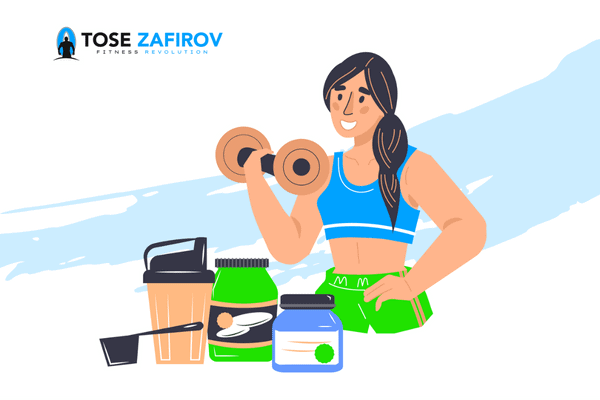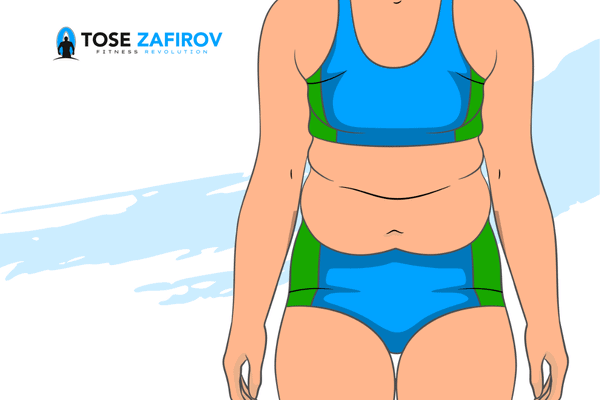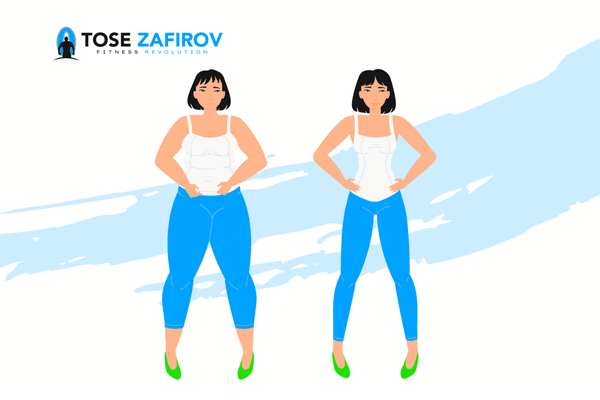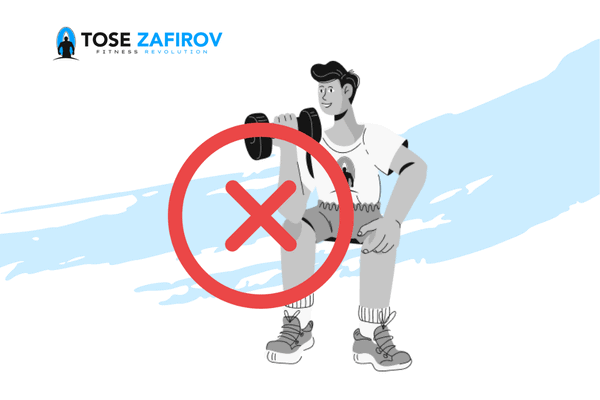The optimal time for muscle recovery can vary, and it’s difficult to know when to rest.The problem with resting too little or not at all is that your muscles won’t have time to recover and grow. You’ll be more prone to injury, which can lead to months of inactivity and lost progress.
Key Takeaways:
- Different energy systems fuel muscles during exercise, and understanding their roles can help tailor rest periods for specific training goals.
- For muscle hypertrophy, optimal rest intervals between sets range from 30 to 90 seconds, promoting the best conditions for muscle growth.
- Maximizing strength and power requires rest intervals between 2 to 5 minutes, enabling muscles to recover sufficiently for high force production.
- While resistance training contributes to weight loss, its impact is maximized when combined with a balanced diet, and the duration of rest intervals between sets plays a minimal role.
Rest Between Sets: What’s Right for Me?
Resistance training is used for a variety of purposes. The main reason is to increase strength. However, some people want to focus on muscular endurance, weight loss, or form, among other goals.
When you’re focused on an objective, it’s easy to pay the most attention to the work you’re doing in each set. However, to achieve these objectives, you should also keep in mind the rest between sets of exercise.
How muscles are fueled
Muscles are fueled by three energy systems: the phosphagen system, the anaerobic (glycolytic) system, and the aerobic (oxidative) system.
As your muscles work, these systems take turns leading the way to synthesize adenosine triphosphate, providing energy to your muscle cells.
The first two systems are shorter duration systems, meaning they provide high force production for a short amount of time.
The phosphagen system provides muscle energy for up to 30 seconds of muscle work and is involved in high force production activities. After that, the glycolytic system provides energy for work from 30 seconds–3 minutes and is involved in moderate force production activities.
These two systems are involved in most resistance training activities focused on strength and muscle hypertrophy.
As exercise duration exceeds 3 minutes, the aerobic system takes over and is involved in lower force production activities.
These energy systems are constantly at work during all types of activity to supply your body with the energy it needs to perform activities.
For example, if a person is lifting heavy weights, they will produce a greater force for a short period of time, but they will need a period to recover to be able to repeat the same activity with the same force.
Nevertheless, the amount of time you rest to recover enough to repeat the same performance can be adjusted to help meet specific training goals.
Whether your goal is to increase muscle size or increase endurance, rest periods between sets can be tailored to achieve each type of goal.
Note
use specific energy systems for very short-duration or high-force activities.
The rest periods between sets of resistance training can be changed to achieve
certain goals, such as strength or weight loss.
How long should I rest between sets if my goal is muscle mass?
In order for muscle fibers to grow in size, they need to be stimulated to increase the cross-sectional area of the muscle. This is called muscular hypertrophy.
Typically for bodybuilders, the increase in muscle size is the most important factor, compared with strength, endurance, and fat loss. Bodybuilders are judged in their sport based on size, muscle symmetry, and definition.
Even if you aren’t a bodybuilder, many fitness enthusiasts want to enhance muscle size to achieve a certain look.
If your goal is aesthetic, you’d benefit from hypertrophy training. This type of training typically leads to higher lactic acid and blood lactate levels, which are associated with an increase in muscle work performed.
In hypertrophy training, the objective is to overload the muscles and cause temporary trauma to the muscle fibers so that they are stimulated to grow and increase their cross-sectional area.
Typically, there is very little difference between the loads handled for those wanting to induce hypertrophy and those wishing to solely increase strength. These loads typically range from 50%–90% of your 1 rep max.
However, the biggest difference in training for muscle size versus strength is in rest between sets. Studies have found that to induce muscle hypertrophy, optimal rest intervals are between 30–90 seconds.
Note
Muscle hypertrophy
is best achieved with moderate rest between sets, such as 30–90 seconds.
How long should I rest between sets if my goal is maximizing strength and power?
Muscular strength is the ability to produce force to move a weight.
In weightlifting, muscular strength is often tested via a 1 rep max, which involves successfully moving the maximal amount of weight through the entire range of motion for 1 rep.
Powerlifting uses three exercises to determine the strongest person. They include the bench press, the squat, and the deadlift. Powerlifters have three attempts for each exercise to move the maximal amount of weight they can.
When building strength, there is less emphasis on muscle size and more emphasis on maximal force production, or power. Adequate rest between sets helps to maintain a high level of force production for the next set.
Thus, typical rest periods for increasing strength are between 2–5 minutes, which research shows to be optimal for strength development. However, researchers note that this may vary depending on age, fiber type, and genetics
Pro Tip
Strength can be maximized by rest intervals between 2–5 minutes in
duration. This allows the muscles to recover enough to produce a comparable
amount of force for the next set.
How long should I rest between sets if my goal is weight loss?
Resistance training can positively affect body composition. However, it’s important to remember that pairing a nutritious diet with resistance training is most important for weight loss. This ensures that calories consumed are less than calories expended.
Both strength and hypertrophy training have been shown to aid caloric expenditure; the rest interval duration isn’t as big a factor.
HIIT training has also been shown to positively affect weight loss when compared with moderate intensity continuous training. The two had similar effects on whole body fat loss and waist circumference. But HIIT training took about 40% less time to complete .
Resistance training and HIIT resistance and cardiovascular training have shown similar positive benefits on weight loss when paired with diet modifications. The rest between sets doesn’t have as much influence as being consistent and making lifestyle changes over time.
Note
Resistance training can be beneficial for weight
loss when paired with dietary modifications. In addition, it can help maintain
lean body mass during weight loss.
How often should you take a rest day?
There are many steps to creating a fitness plan. First, you identify your goals. Then, you select the types of exercise you will do. And finally, you choose a workout schedule to help you reach those goals. Deciding how many rest days a week you need is an essential part of that plan.
Most people should aim for 1 to 3 rest days per week. But the number of rest days you take –– and what you do on those days –– depends on several factors, including:
- Your current fitness level
- The types of exercises you’re doing
- Your workout intensity and duration
Why is it important to take a rest day from working out?
Rest is a necessary component of a successful training plan. Here are some of the top benefits of rest days.
Supports exercise recovery
It is fairly easy to see why taking a rest day can reduce the risk of injury and overtraining. But you might not realize that rest helps your body recover and adapt to your training.
New or strenuous exercise creates tiny tears in your muscle fibers. Adequate rest allows your body to repair and rebuild those muscle fibers after your workout. The repair process causes cellular changes that help your muscles adapt and grow. It also helps restore energy before your next workout.
Helps you reach fitness goals
Time off gives your body and mind a break from strenuous training. You can use rest days to relax, clear your head, and focus on other forms of self-care. That could mean doing a hobby, getting a massage, or spending time with loved ones.
That way, you’ll be mentally prepared for your next sweat session. If you have more focus, energy, and strength to devote to your workouts, you can perform optimally and stay on track to reach your fitness goals.
The bottom line
When working toward your strength goals, force production and training volume are important, but so is rest.Rest between sets should allow enough recovery to reintroduce the stimulus while maintaining good form. Depending on your goals, you can shorten or lengthen your rest intervals for the best result.
Your workout schedule may not always go as planned. So listen to your body and take a rest day when you feel depleted or have unusual aches and pains. Doing so can help you avoid injuries or other training delays in the long run.


